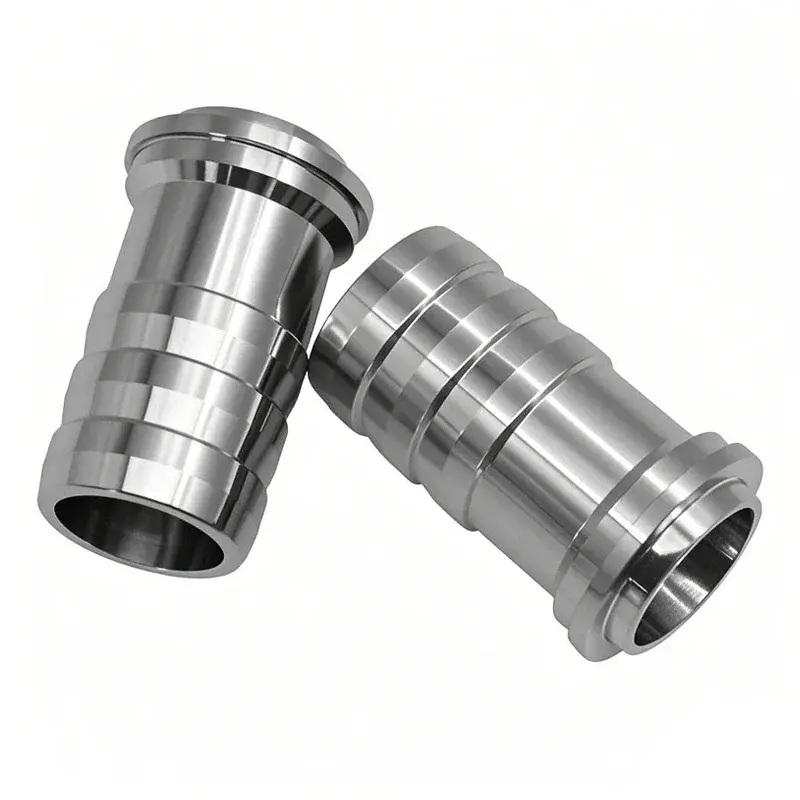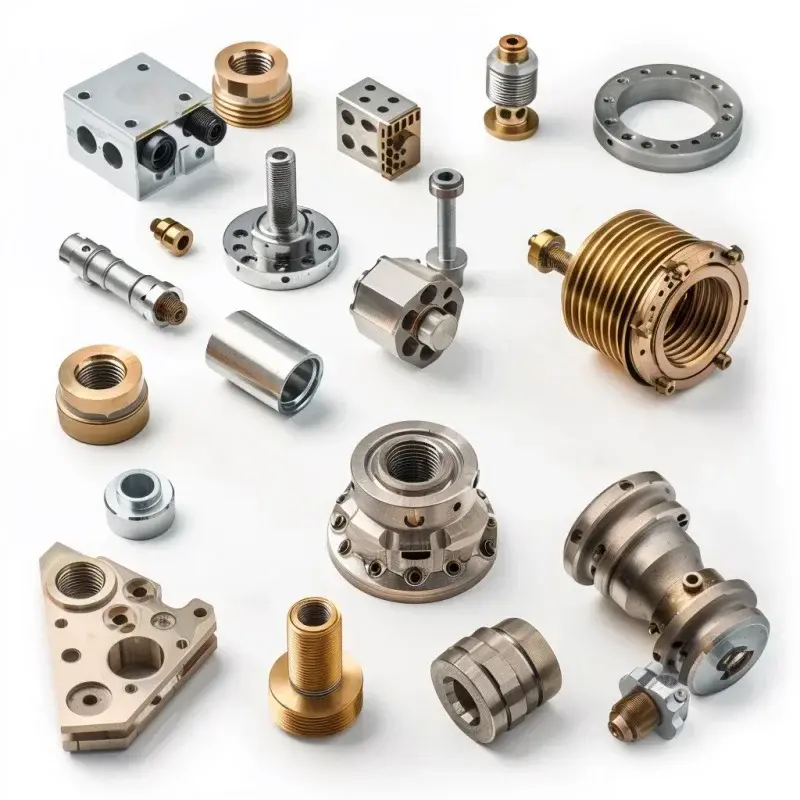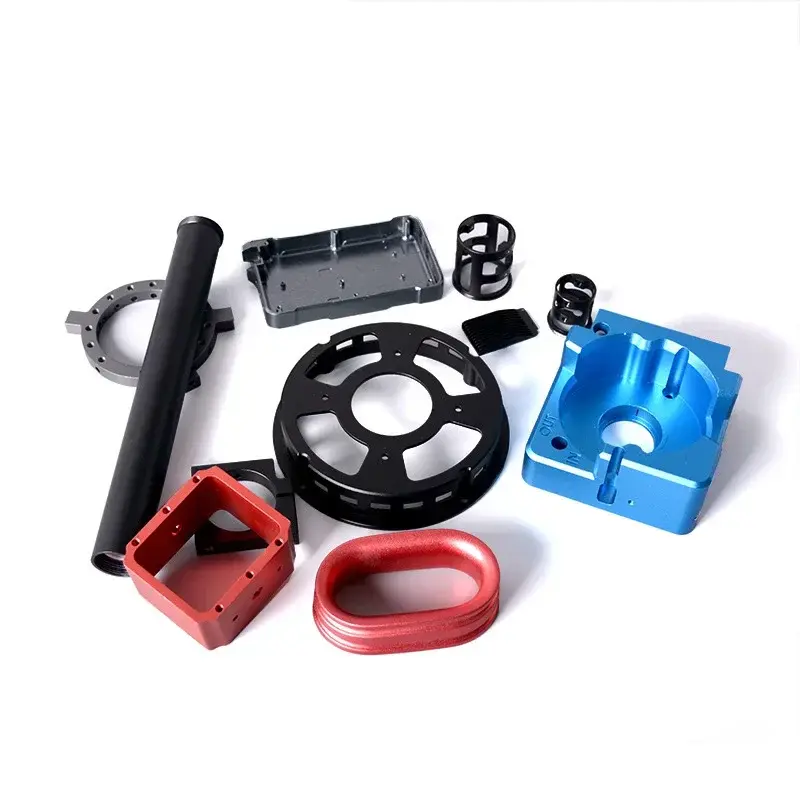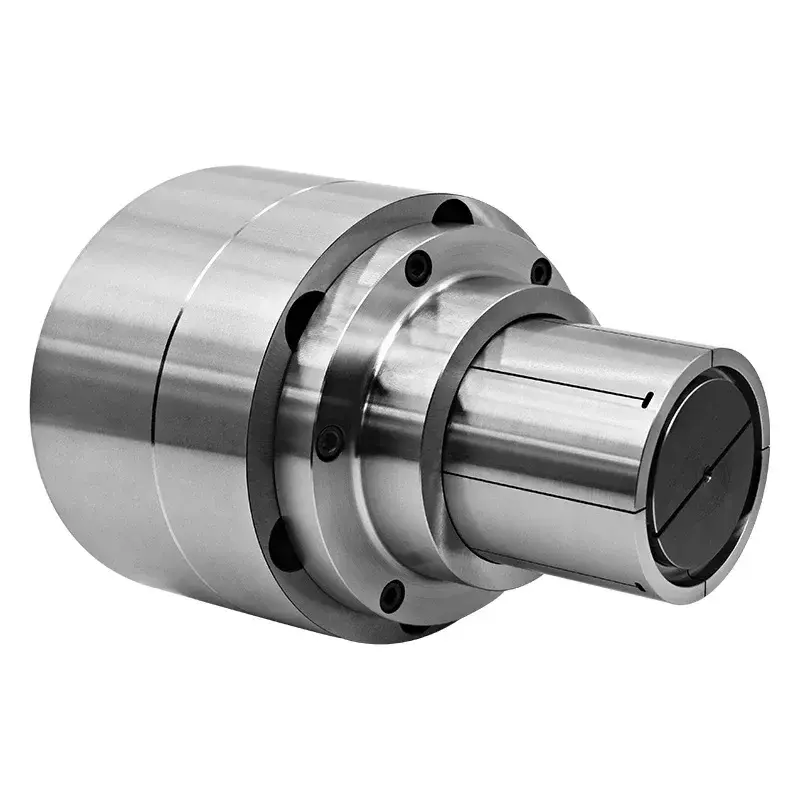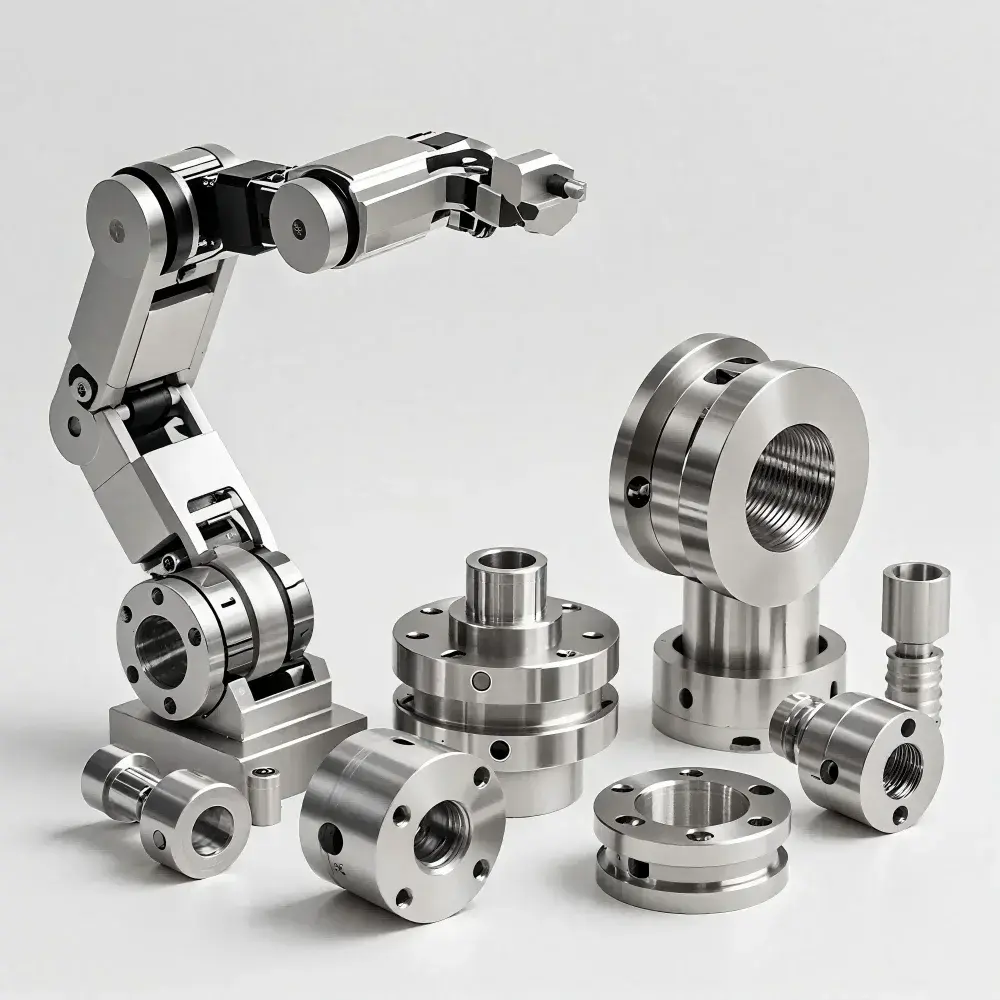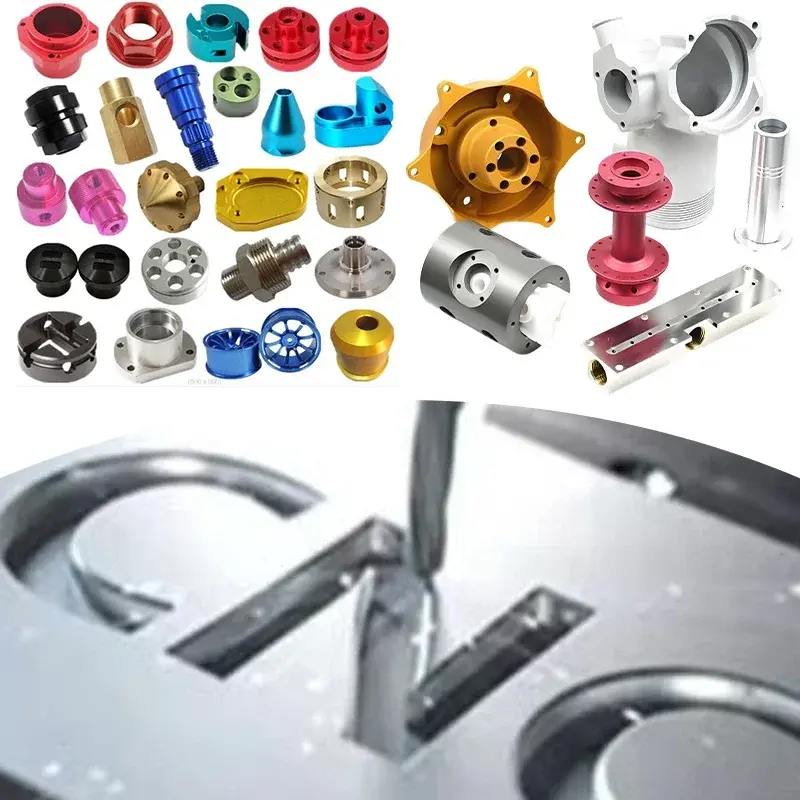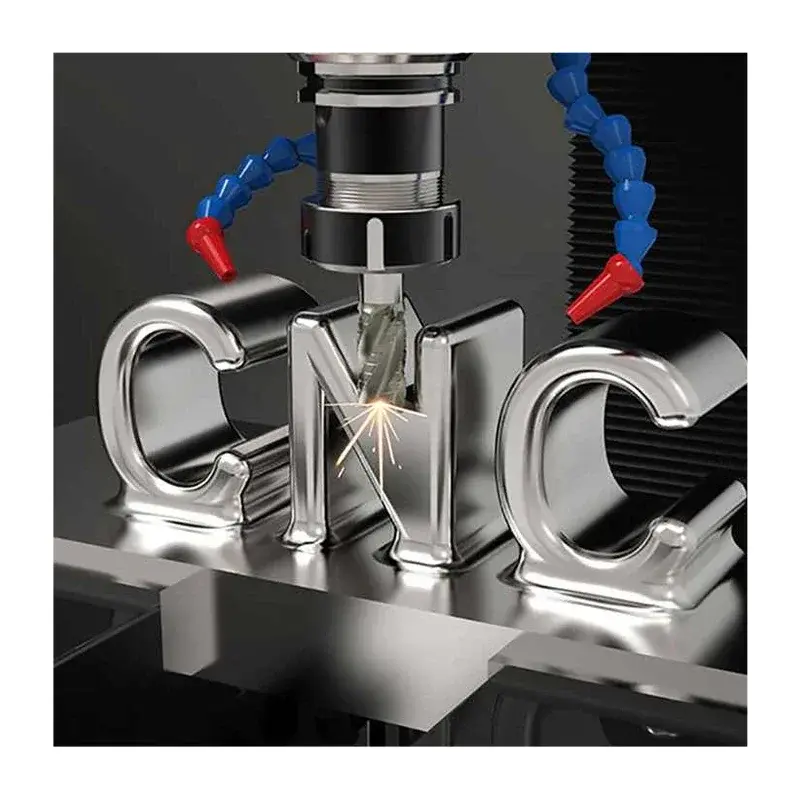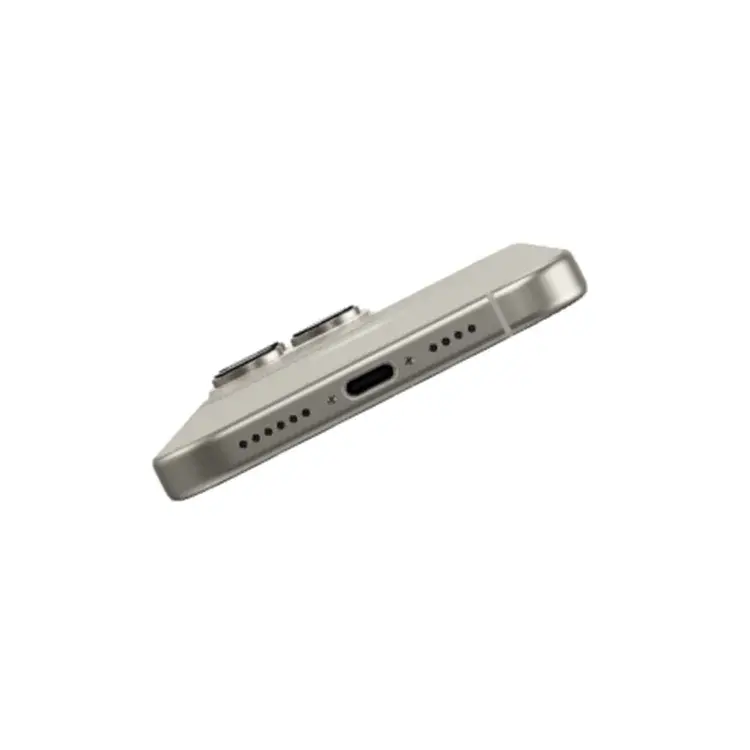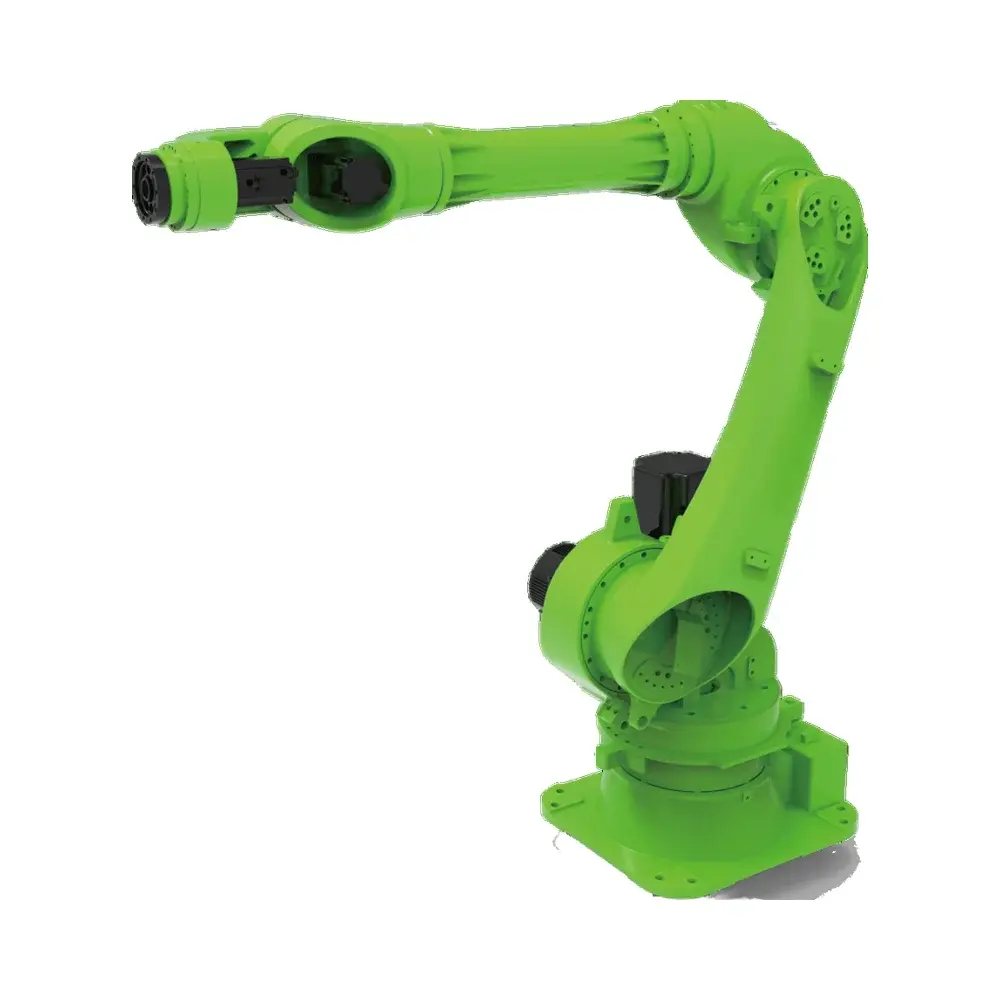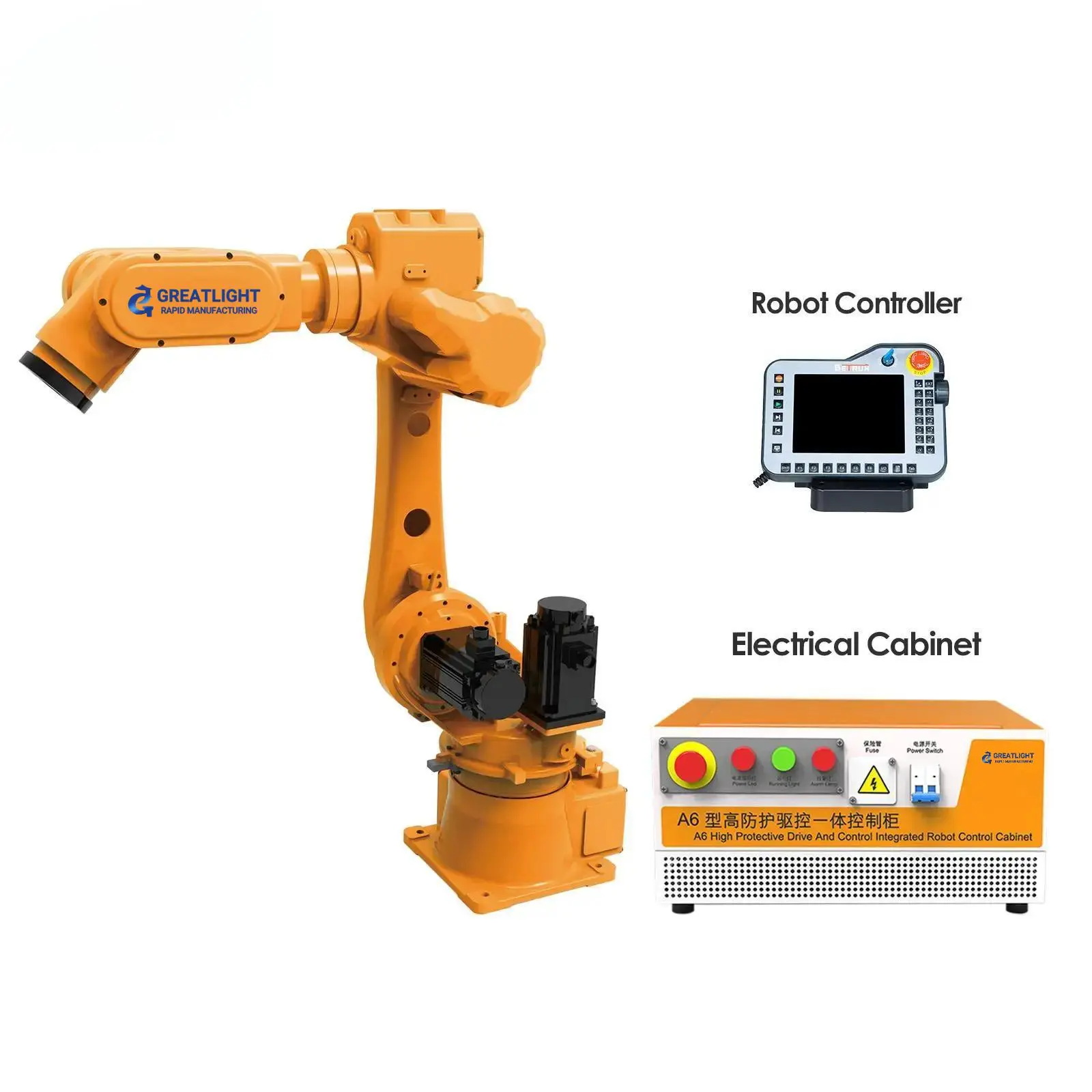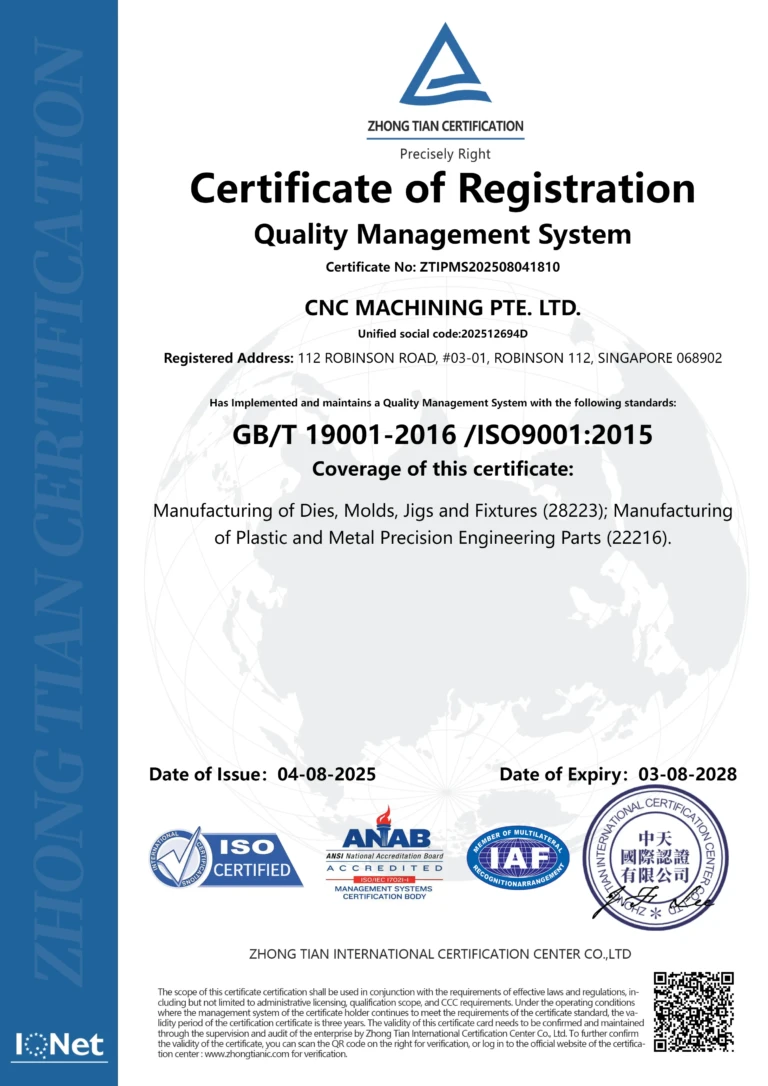The Connectivity Backbone: Unveiling the Power of Industrial Intelligent Gateways
In the intricate tapestry of Industrial IoT (IIoT) and Industry 4.0, the Industrial Intelligent Gateway stands as the vital nexus—a masterful conductor orchestrating the seamless flow of data between the often-disparate worlds of field-level machinery and enterprise-level systems. Its true power lies not just in its computational capabilities, but profoundly in its versatile physical connectivity. Let’s dissect the critical hardware interfaces—the Serial Ports and Network Ports—that define its mission-critical role, and explore the sophisticated functions they enable.
The Critical Arteries: Serial Ports (The Legacy Bridge)
Industrial landscapes are often populated with decades-old equipment humming away reliably. These devices—PLCs, sensors, actuators, drives—frequently speak the language of serial protocols (RS-232, RS-485/422). This is where the gateway’s robust multi-serial port capabilities are indispensable.
- How Many? Industrial Intelligent Gateways typically boast multiple RS-485/422 ports, ranging from 2 to 8 ports being extremely common. Single or dual RS-232 ports are also frequently included alongside the RS-485 ports.
- Why Multiple?
- Network Segmentation and Isolation: Different RS-485 buses can handle distinct device groups or protocols (Modbus RTU, BACnet MS/TP, DNP3, Profibus, CAN, DeviceNet, etc.), preventing electrical interference and simplifying troubleshooting.
- Geographical Distribution: Serial devices are often spread across a factory floor or field site; multiple ports allow the gateway to aggregate data from physically separated wiring runs.
- Redundancy and Protocol Fan-in: Critical processes might require connecting redundant devices or aggregating data from numerous discrete units onto a single gateway.
- Robustness is Key: These ports feature industrial-grade protection against static electricity (ESD), surges, and reverse polarity, ensuring reliability in electrically noisy environments.
The Modern Highways: Network Ports (The IP Conduit)
While serial ports connect the operational technology (OT) legacy, network ports connect the gateway to the broader digital ecosystem through Industrial Ethernet and beyond.
- How Many? Gateways typically feature at least 2 LAN ports, often expanding to 4 or more on heavier-duty models. Key distinctions exist:
- WAN Port (Primary Uplink): Designed for connection to higher-level networks (corporate LAN, SCADA system, Cloud platform) via Ethernet or Cellular (4G/5G). Often numbered separately.
- LAN Port(s): Used for connecting local IP-enabled devices (modern PLCs, HMI panels, IP cameras, other gateways) or creating local subnets. Standard config is often 1x WAN + 1/2/3x LAN.
- Performance: Ports are commonly 10/100BASE-T, with Gigabit (10/100/1000BASE-T) becoming increasingly standard for data-intensive edge applications or video streaming. PoE (Power over Ethernet), especially PoE+ (802.3at), is a valuable feature on some LAN ports, simplifying power delivery to connected devices like cameras.
- Flexible Deployment: Dual-WAN capability (Ethernet + Cellular) provides crucial network redundancy. Switch-like features (VLAN support) within the LAN ports offer network segmentation flexibility directly from the gateway.
Beyond Connectivity: The Intelligent Engine Within
The ports are merely the entry and exit points. The true transformative power lies in the sophisticated software functions executed by the gateway’s processing core and OS:
-
Universal Protocol Conversion (The Polyglot Orchestrator): This is the core magic. The gateway understands raw serial protocols (Modbus RTU, CANopen, DF1, etc.) and modern industrial Ethernet/IP protocols (Modbus TCP, EtherNet/IP, PROFINET, OPC UA). It translates between them bidirectionally and aggregates data into structured formats (MQTT, JSON, XML, OPC UA PubSub) optimized for cloud platforms and SCADA/MES systems. Legacy serial devices gain a cloud voice. (Implementation Insight: This uses sophisticated parsing engines and user-configurable, template-based mapping – often visual editors eliminate the need for deep coding.)
-
Advanced Edge Intelligence & Data Conditioning:
- Data Pre-processing: Executes complex filtering, scaling, normalization, and outlier detection at the edge before transmission.
- Aggregation & Calculation: Performs real-time summarization (min, max, avg), statistical functions, sensor fusion (combining data from multiple points), predictive calculations, energy consumption analysis, and logical rule execution (e.g., IF Temp > X THEN Alarm).
- Edge Alarming: Generates immediate alerts based on customizable thresholds for critical events (over-temperature, pressure spike, machine stoppage), triggering local actions or notifications milliseconds after detection.
-
Secure Data Transport & Cyber Fortress: Adopts industry-standard encryption (TLS 1.2+/DTLS, IPsec VPN) for secure tunneling over untrusted networks (like the public internet). Implements strong authentication mechanisms (X.509 certificates, secrets management) and firewall rules to harden the network perimeter at the edge. Acts as the critical first line of defense against intrusions targeting OT devices.
-
Seamless Cloud & System Agnosticism: Natively supports integration with major IIoT platforms (AWS IoT Core, Azure IoT Hub, Siemens MindSphere, PTC ThingWorx, Google Cloud IoT Core) via MQTT, HTTPS, or OPC UA. This ensures vendor lock-in avoidance and fits diverse enterprise strategies.
-
Robust Remote Management & Diagnostics: Enables secure, over-the-air configuration, firmware updates, and real-time health monitoring from centralized management consoles. Provides network diagnotic tools (ping, traceroute), rule engine debugging, and comprehensive log access. This drastically reduces costly site visits.
- Resilience and Local Storage: Features buffering mechanisms (SD card, industrial-grade flash) to locally store critical operational data during network outages, ensuring no data discontinuity upon reconnection. Essential for integrity in mission-critical monitoring.
Choosing Your Gateway: Ports and Power as Selection Criteria
Selecting the right gateway isn’t just about software features; the physical connectivity must match the field reality:
- Scrutinize Serial Needs: Count RS-485 segments (devices/protocols/locations). One port per "group" is a good starting point. Don’t forget RS-232 for HMIs or printers.
- Understand Network Flows: How many IP devices need local connection? Do you need local network segmentation (VLANs)? Is PoE required? How many independent uplinks are needed (e.g., Primary Wired + Cellular Failover)? Gigabit uplinks are increasingly vital for high-resolution edge video analytics.
- Functionality is King: Ensure the gateway supports the specific protocols used by your legacy assets AND the cloud/SCADA integration standards required. Evaluate the edge computing power needed for your algorithms and rules. Prioritize industrial certifications (IEC, CE, FCC, UL) and extended temperature range (-40°C to +75°C).
Conclusion: The Intelligent Confluence of Legacy and Future
Industrial Intelligent Gateways transcend simple converter boxes. They are strategic edge orchestration platforms. By providing robust multi-serial port connectivity to breathe digital life into legacy equipment, coupled with redundant, high-performance network interfaces, and empowered by intelligent edge functions, these gateways perform complex data bioengineering. They filter noise, extract meaning, translate languages, enforce security, and adapt protocols, all under harsh industrial conditions. They transform raw, localized signals into globally actionable intelligence, bridging the gap between the tangible "iron on the floor" and the intangible cloud strategies of tomorrow. The number of ports is hardware; the functions are software; the combined outcome is the key to unlocking measurable, scalable digital transformation at the industrial edge.









